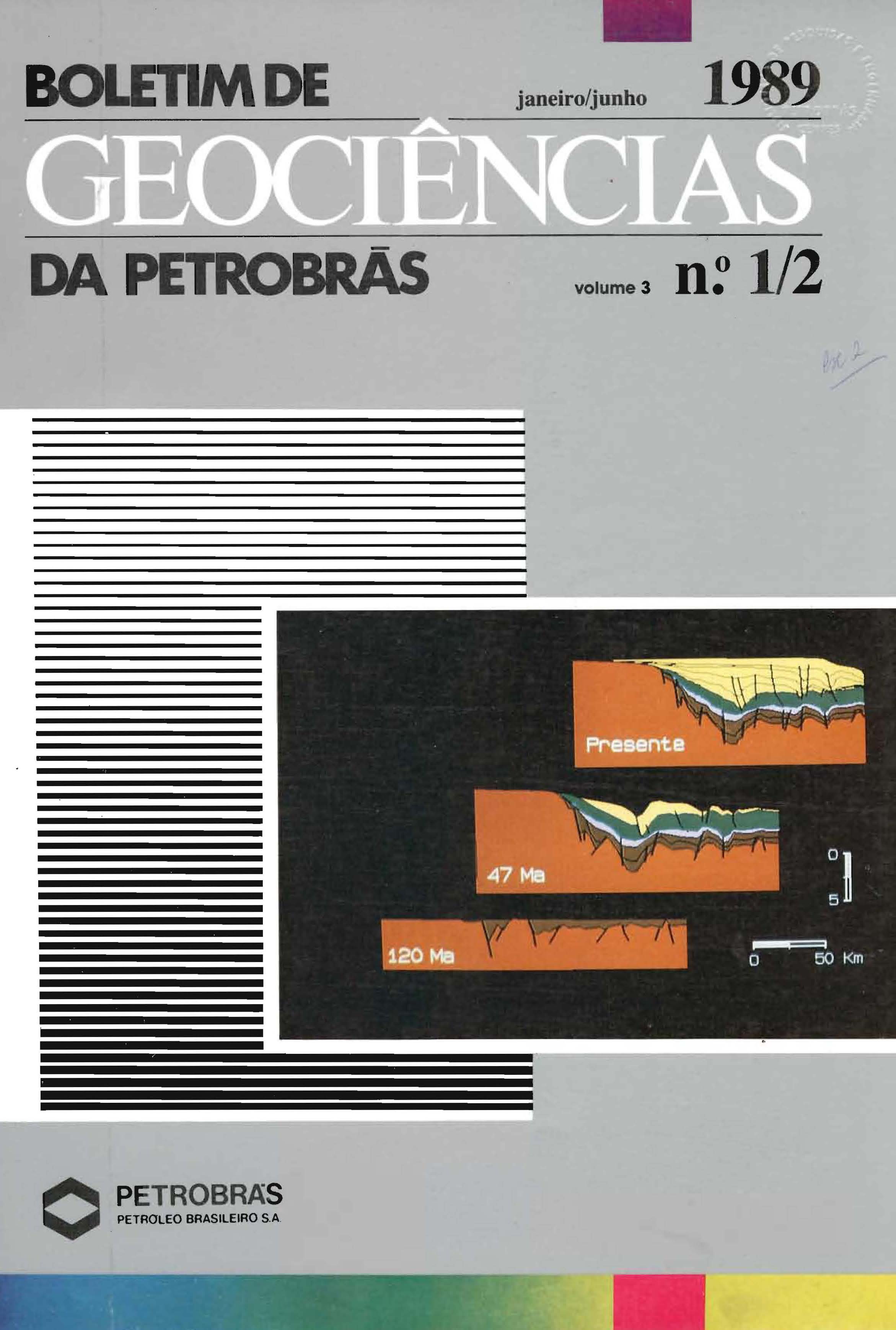Falhamentos transversais em bacias distensionais
Resumo
São feitos comentários sobre o papel das falhas transversais na evolução tectônica das bacias distensionais. As falhas transversais são elementos de balanço da distensão diferencial ao longo da direção da bacia. Caracterizam-se principalmente por movimentação oblíqua, servindo de ligação entre falhas normais contíguas dotadas de taxas de movimentação diferentes. Caracteriza-se a mecânica das falhas transversais em termos de sua relação com as falhas normais (longitudinais) da bacia, mostrando que, em termos quantitativos, o deslocamento direcional ao longo das falhas transversais é igual ao rejeito horizontal de mergulho das falhas normais a que se associam. Tal deslocamento direcional é função, também, da geometria - planar ou lístrica - das falhas normais. São tecidas algumas considerações acerca de casos reais de falhas transversais: na Bacia do Recôncavo, como exemplo de falhas transversais diastróficas, e nas bacias de Campos e Cuanza (Angola), representando as falhas transversais associadas à tectônica gravitacional.
Downloads
Publicado
Edição
Seção
Licença
Esta licença permite que os reutilizadores distribuam, remixem, adaptem e criem obras derivadas do material em qualquer meio ou formato, desde que seja dada a devida atribuição ao criador. A licença permite o uso comercial.



